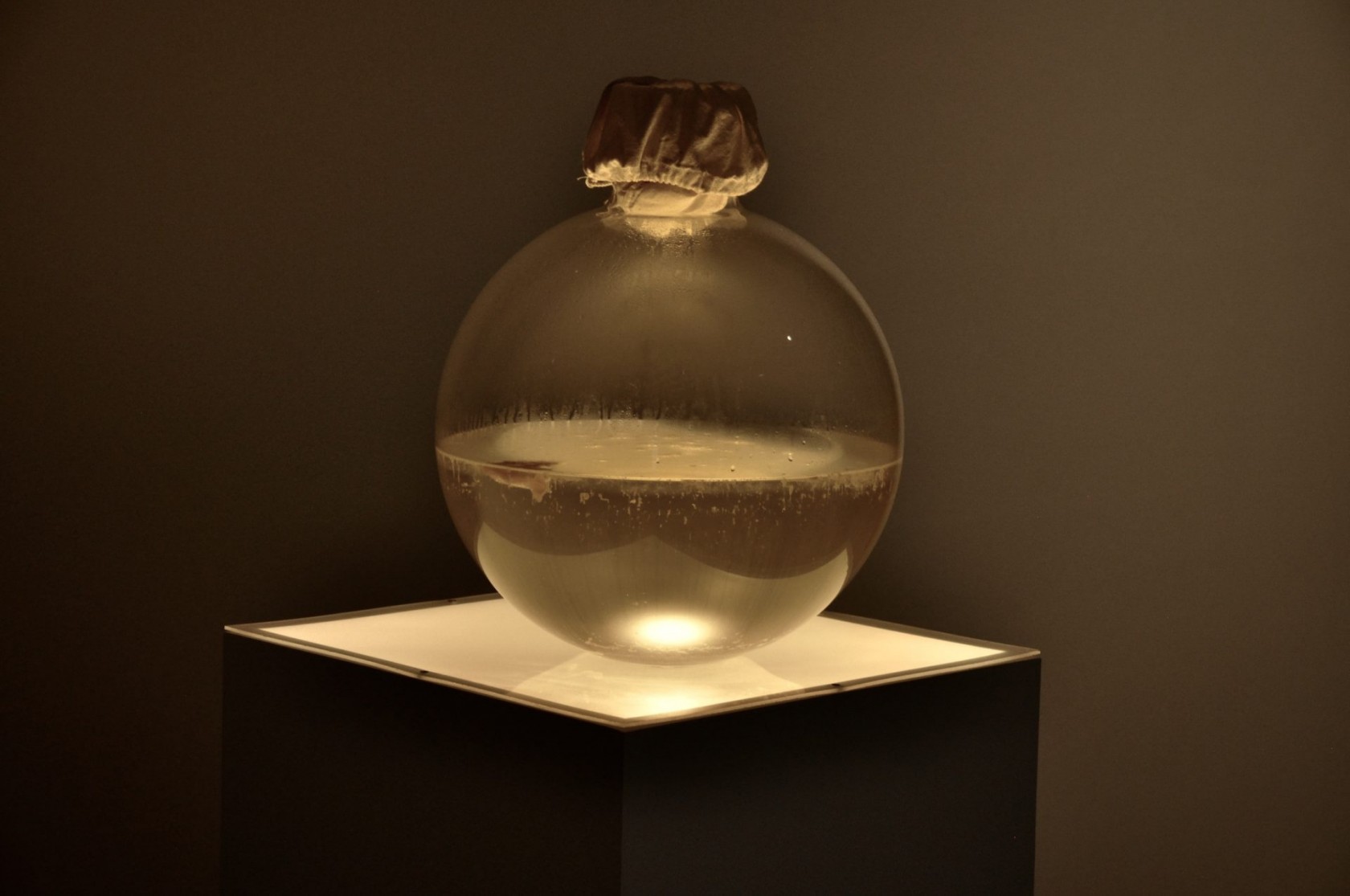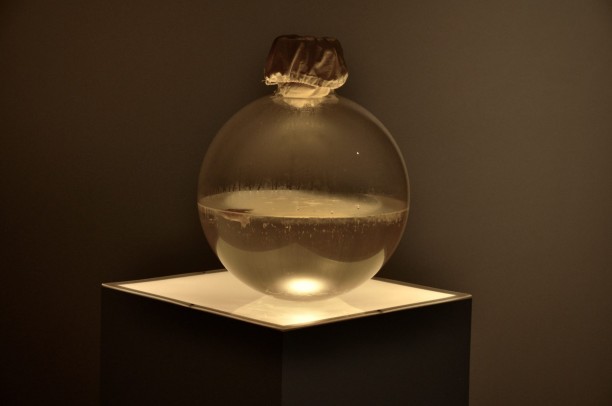Many Angelenos live in neighborhoods devastated by the environmental blights of polluted air (from refineries, manufacturing, shipping, freeway and air traffic) and toxic waste at brownfield sites. Some LA artists have found ways to bear witness to this environmental (in)justice. Eric Avila, scholar of the Chicano painters who captured Boyle Heights when it was destroyed by freeways, joins Maru Garcia, maker of artworks about the lead-contaminated soil at the Exide battery plant in Southeast LA, and Kim Abeles, whose work address the invisible killer: smog. How much can these testaments to inequity also serve as calls to action?
About Art for Earth’s Sake
Artists are increasingly exploring the climate crisis in their work. What about the art world’s contribution to the climate crisis, from its boundless international travel to the growth of energy-intensive art forms and installations? MOCA considers the creative ways in which the art world is addressing its own environmental footprint in Art for Earth’s Sake, a series of five public presentations and panels, taking place in fall, 2022. Invited artists, academics, activists, industry insiders and journalists will explore topics ranging from greening art facilities and art fairs to reckoning with environmental justice. Finally, the program will consider the impact of making the industry more sustainable on artistic expression itself.
About Kim Abeles
Kim Abeles explores society, science literacy, feminism, and the environment, creating projects with science and natural history museums, health departments, air pollution control agencies, and National Park Service. NEA-funded projects involved a residency at the Institute of Forest Genetics; and Valises for Camp Ground in collaboration with Camp 13, a group of female prison inmates who fight wildfires. Permanent outdoor works include sculptural Citizen Seeds along the Park to Playa Trail in Los Angeles, and Walk a Mile in My Shoes, based on the shoes of the Civil Rights marchers and local activists. Abeles has received fellowships from the Guggenheim Memorial Foundation, J. Paul Getty Trust Fund, and her process documents are archived at the Center for Art + Environment. Her work is in public collections including MOCA, LACMA, CAAM, Berkeley Art Museum, and National Geospatial Intelligence Agency. “Kim Abeles: Smog Collectors, 1987-2020” is a survey exhibition of the environmental series, presented at CSU Fullerton (2022) and CSU Sacramento (2023). Recent publications about her projects include New York Times, Los Angeles Times, and the book, Social Practice: Technologies for Change, Routledge Press (2022).
About Maru Garcia
Maru García is a Mexican, LA-based artist/chemist working across art + science + environment.Her methodology combines laboratory and fieldwork tools from her background in plant chemistry and the pharmaceutical industry. Her use of media includes research, installations, performance, sculpture, and video, usually with the presence of organic matter to help understand the biological processes occurring in complex systems. Her areas of interest are biosystems, multispecies relations, and the capacity of living organisms (including humans) to act as remediators in contaminated sites. Her work highlights the importance of eco-aesthetics, in which relations are proposed as ways of building cultures of regeneration. At the same time, she questions the ways science and technology have influenced humans and more-than-humans within the natural world.
Garcia has participated in conferences, solo and group exhibitions in North America, Europe, and Asia. She was an artist in residence in the National Center of Genetic Resources in Mexico and has received awards from the New York Foundation for the Arts ‘Anonymous Was a Woman Environmental Art Grant’, the California Environmental Protection Agency (CalEPA) Environmental Justice Grant, the California Arts Council, Los Angeles Sustainability Collaborative, Clifton Webb Scholarship for the Arts, and Fundación Jumex.
Currently, she is a Getty Foundation grant recipient for the exhibition “Sink: places we call home” with Self Help Graphics & Art, to be presented in the Pacific Standard Time Art x Science x LA in 2024. She is an Associate Research Scientist in Mineral Sciences at the Natural History Museum of Los Angeles County and a 2021-2022 artist in residence at 18th Street Arts Center. She is the founder of Biomedia Studio and Prospering backyards.
Garcia holds an MFA in Design & Media Arts from UCLA, as well as an MS in Biotechnology and a BS in Chemistry, both from Tecnológico de Monterrey, México.
About Jennifer Swann
Jennifer Swann is an L.A.-based writer and journalist covering art, culture, and entertainment. She is a frequent contributor to the Calendar section of the Los Angeles Times and a co-founder of theLAnd magazine. Her reporting has appeared in The Cut, Rolling Stone, the Washington Post, Vanity Fair, and the New Republic, among other publications. A former contributor to KCRW's "Design and Architecture," she serves as senior producer on the Wondery podcast "Scamfluencers."
Art for Earth’s Sake is organized by Frances Anderton and Livia Mandoul.
MOCA’s environmental programming series highlights the museum’s work around climate, conservation, and environmental justice. Guided by the work of the MOCA Environmental Council, the first sustainability council at a major arts museum in the United States, this series presents artists, activists, and scholars committed to critical ecological issues in Los Angeles and globally.
The 2022 series is made possible by Nora McNeely Hurley and Manitou Fund.

